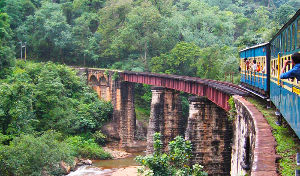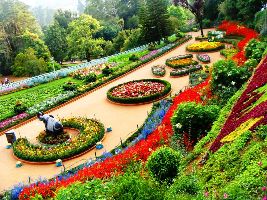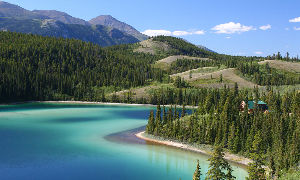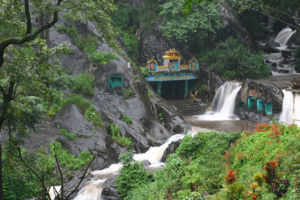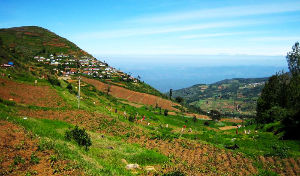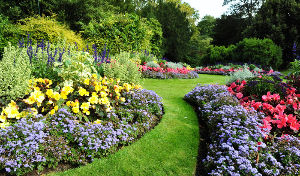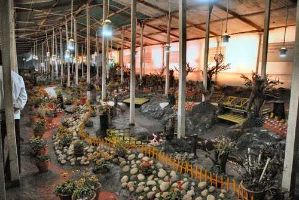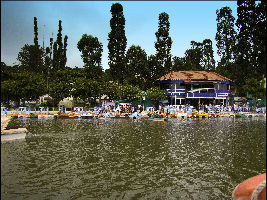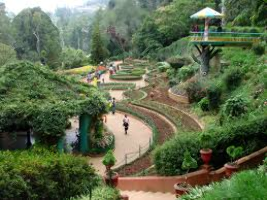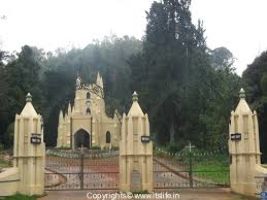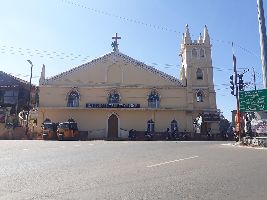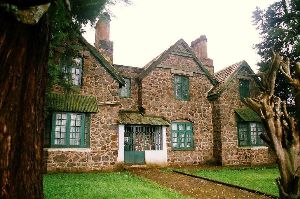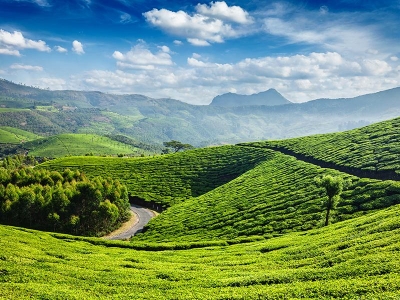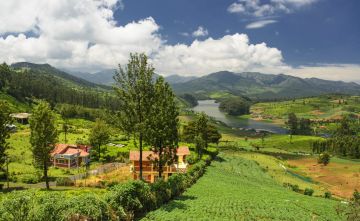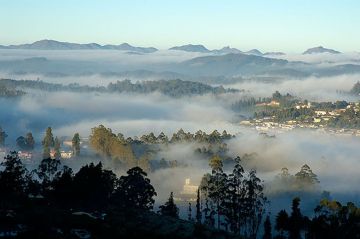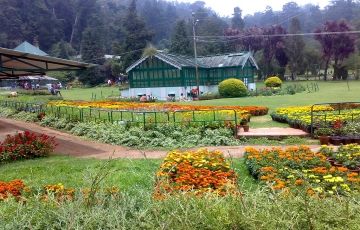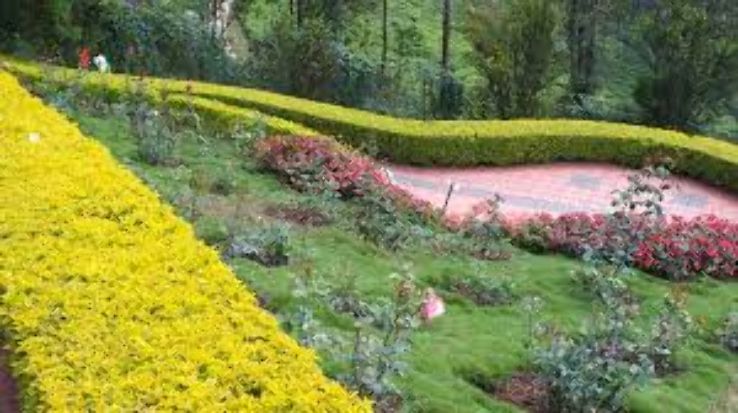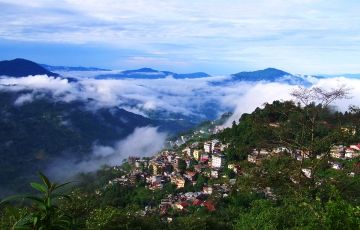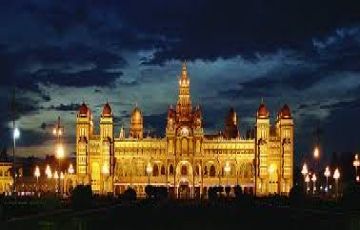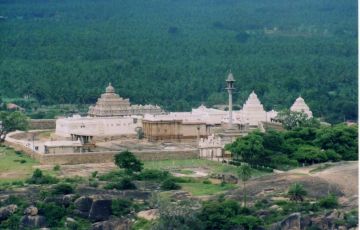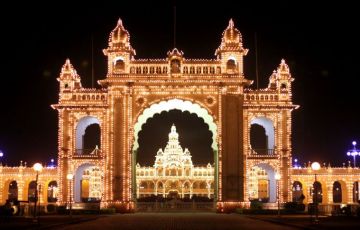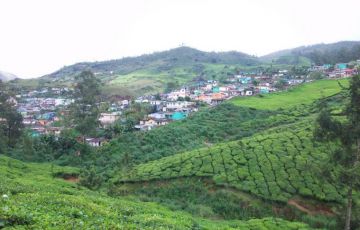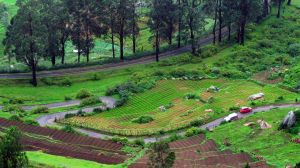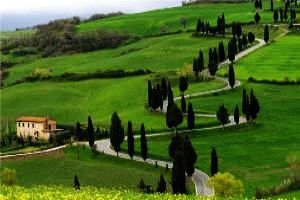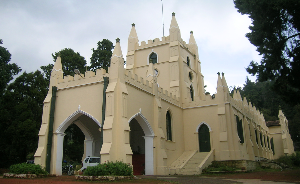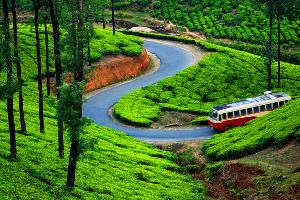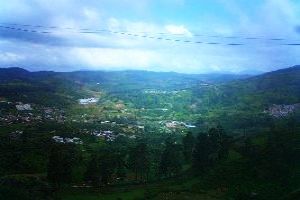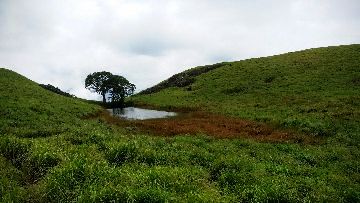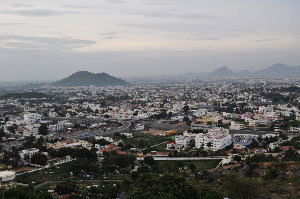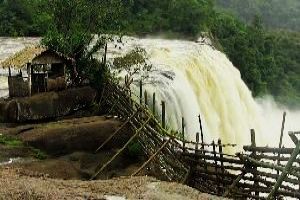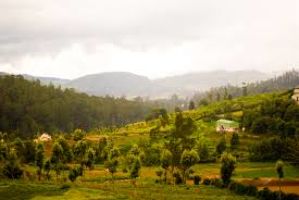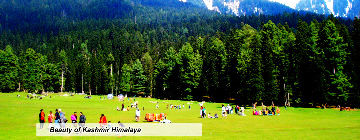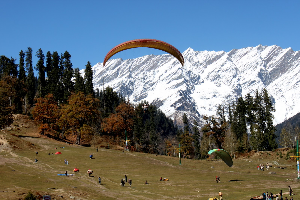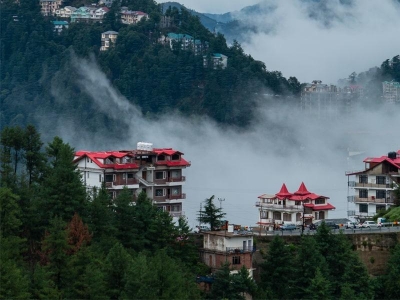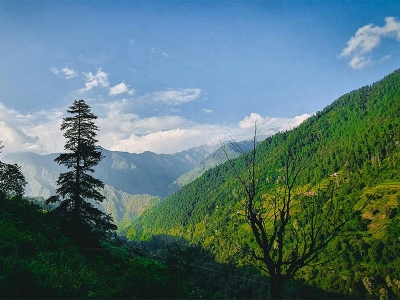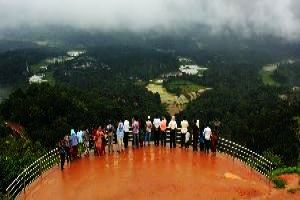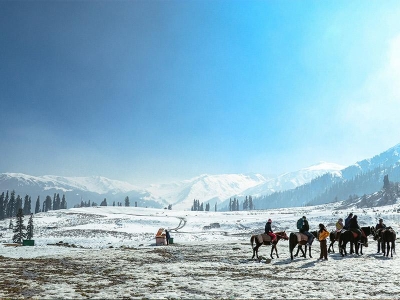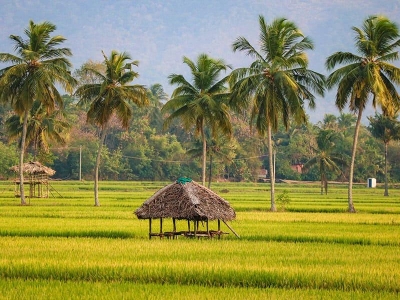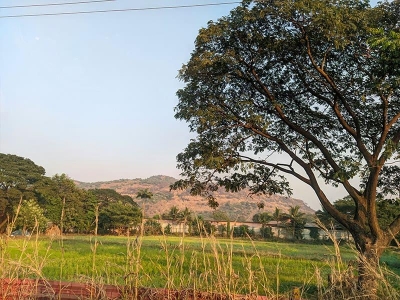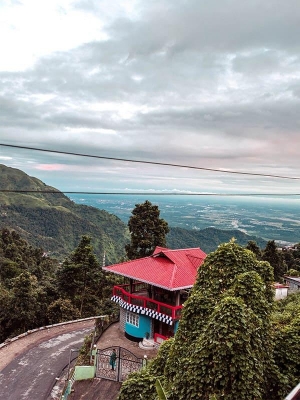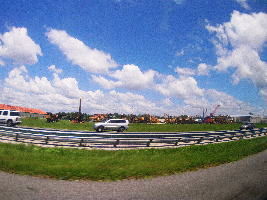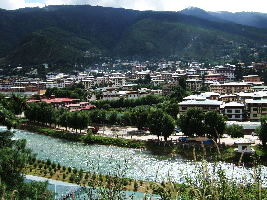Ooty
Places to visit in Tamil Nadu
Things to do
Packages
Ideal Days
Best time to visit
Popular for
About Ooty
Nestled beautifully in the Nilgiris, Ooty short for Ootacamund or Udhagamandalam, rises majestically above Tamil Nadu. Located at a height of 2240 m above sea level, it is one of South India's most popular hill stations and is also known as the "Queen of Hill Stations". The town is distinguished by its lush green forests, scenic landscape, pristine lakes and beautiful tourist attractions. Conifers, pine and eucalyptus trees grow abundantly in this region, surrounding it with a fresh mountain charm.
Once inhabited by Todas, an aboriginal tribe who had made this their home since ancient times, Ooty was discovered by the British in the early 1800s. They made it the summer capital of the Madras Presidency, bringing to it a quaint British charm, which still lingers on in this hillside town.
Yet, older traditions persist, and are honoured in the town’s many festivals. The Ooty Mariamman Temple Festival, which is held every April, is one such example. Similarly, the Bokkapuram annual festival in February and the Coonoor Mariamman Temple Car Festival held between April and May are other festivals that represent the cultural richness of the region as the days of the British in India recede before the older traditions of the people of the hills.
WHAT TO SEE
Magnificent garden, lakes and falls: Most travellers to Ooty are drawn to its great natural beauty. Their first stops are usually the Rose Garden, the Botanical Garden and the Ooty Lake. While the Botanical Garden and the Ooty Lake were set up in the nineteenth century during colonial times, the Rose Garden was established only in 1995. It is among the largest such rose gardens in India. A lesser-known stop is the Pykara fall, where you can witness Ooty’s rolling grasslands, dotted with the unique conical huts of the Toda tribe.
The last of the great plantations: Like they did in India’s other famous hill stations, the British also brought tea to Ooty, reshaping the landscape of this hill town. Today, the last of these plantations continue to thrive here, and are as representative of Ooty as its conifers and pines. The best known among these are in Coonoor, Ketty Valley, and Lamb’s Rock.
The remnants of the British Raj: The old connection between the British and the town is still seen in the many monuments they built here at the time when it was the summer capital of the Madras Presidency. The best known among these remain the Ooty Club and the Nilgiris’ oldest Church, the St. Stephen's church. You can also explore Government Museum to have a look at tribal artifacts of the region and other historical relics.
Coonoor: While Ooty draws tourists from across India, for those seeking the unexplored Nilgiris, we recommend Coonoor. The second largest town of the Nilgiris after Ooty, Coonoor has largely escaped the attention of visiting tourists and remains waiting to be discovered.
Our tip: When you are at Coonoor, we recommend a visit to Acres Wild. This 22-acre, family-run organic cheesemaking farm stay is a great place to learn the art of cheesemaking.
WHAT TO DO
Most travellers visit Ooty for its spectacular natural beauty. But a visit to Ooty is also a walk down history, meandering through its colonial past and story of India’s plantation culture.
What to eat: Food lovers will enjoy the many delicacies Ooty offers, from South Indian delicacies, Chinese cuisine, and local Chettinad pepper chicken to crunchy nuts and fruit chocolates.
What to buy: The place to go shopping in Ooty is at Charring cross, which is right in the middle of the town. Here, you can find many favourite takeaways like Ooty’s well-loved homemade chocolates and Nilgiris’ tea.
Getting around: It’s a good idea to hire a taxi for your local sightseeing. But the trip from Ooty to Coonoor is best made by train.
Where to stay: Ooty has a combination of luxurious resorts and comfortable homestays, with something to offer every traveller. But it’s best to look out for a place to stay close to the heart of town at Charing Cross. Most of the places in Ooty are within 1 km from here, like the Botanical Garden, Rose Garden, and St Stephens church. Taxis are easily available. You can also walk down to the town’s old railway station.
The best time to visit: Most tourists visit Ooty during the summer months between March and June. But Ooty is a destination that can in fact be visited throughout the year. Summers are quite pleasant, winters are cool, and monsoons are beautiful.
How to get there: Ooty is connected to the rest of India by road and rail. The nearest airport is at Coimbatore.
Our tip: To truly experience the beauty of Ooty, you can take the little Blue Mountain train to Ooty from Mettupalayam. It is an experience unlike any other.
Ooty Rating & Reviews









